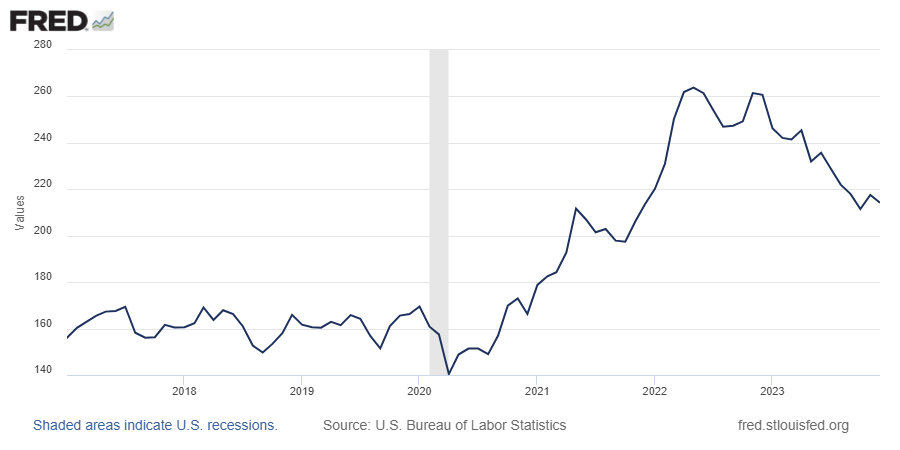Post-Pandemic Pet Economy & The Future of Your Wallet
Looking back at 2023, the surge in economic uncertainty has continued to ring true across multiple industries with most having a common root disruptor – the price of oil. The pet industry, both food and toys, is no stranger to inflationary measures and consumer sentiment fluctuations. Relative to the production of pet food, the price of oil is impacted by the need for agricultural equipment during harvest, as well as the increased use of substitutes including soybean oil (used in biodiesel) and corn oil (used in ethanol).
High oil prices boost demand for alternative fuel options, which in turn, drive up the price for soybeans and corn. Furthermore, the increase in the price of agricultural products across the industry is likely to increase overall production costs. Due to this combination of price increases, producers are expected to prioritize the stabilization of profit margins by putting the deferred cost on the downstream consumer’s disposable income¹.
Economists track the price of agricultural products using the Farm Price Index (FPI). The FPI represents prices reported by farmers for all US agricultural products, both livestock and crops. It is widely seen as an important lagging indicator in the economy, meaning it confirms economic trends or changes in trends as a signal to the health of the overall economy². For instance, if the FPI shows signs that agricultural sales are set to decline, companies may respond by delaying or canceling new capital expenditures. If the index shows signs of recovery, such as in the years following a recession, then companies may interpret this as an opportunity to make new investments in the sector.
Farm Price Index³
(2017 - Present)

